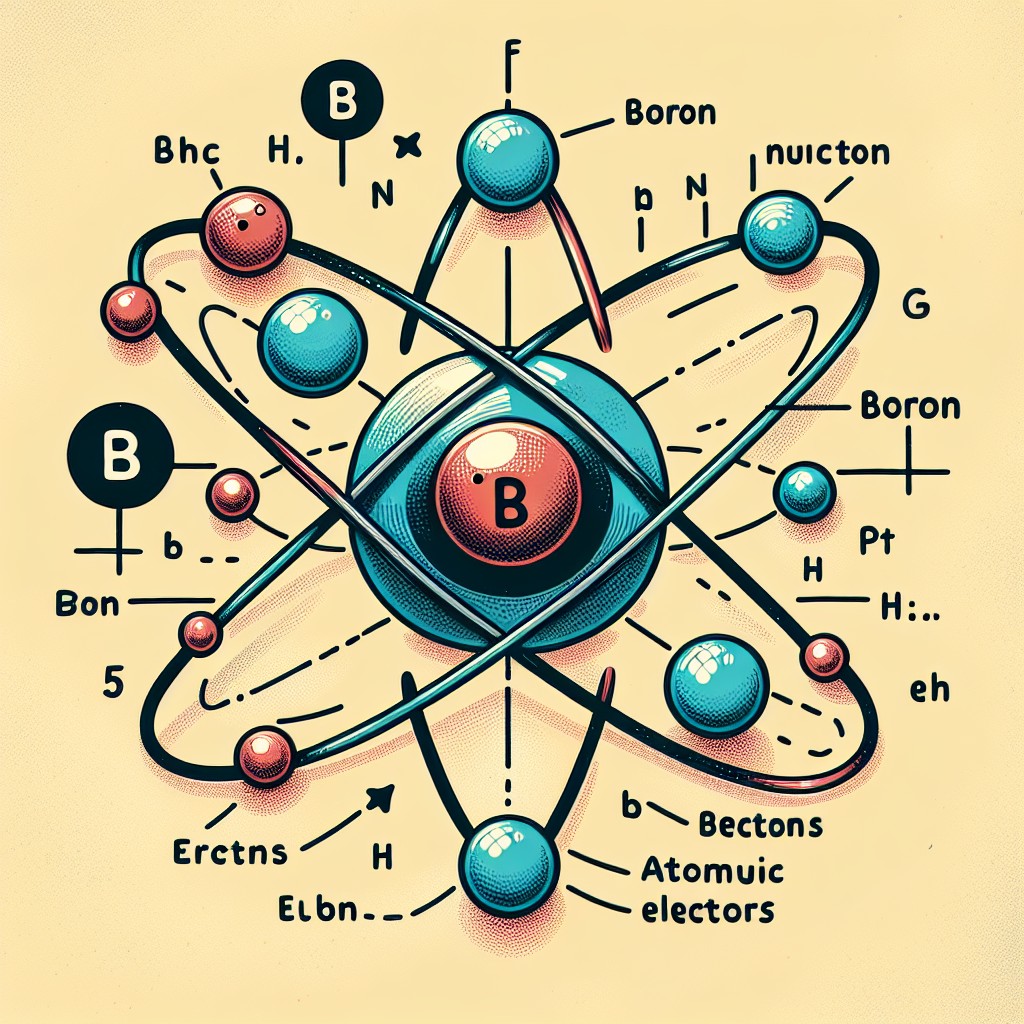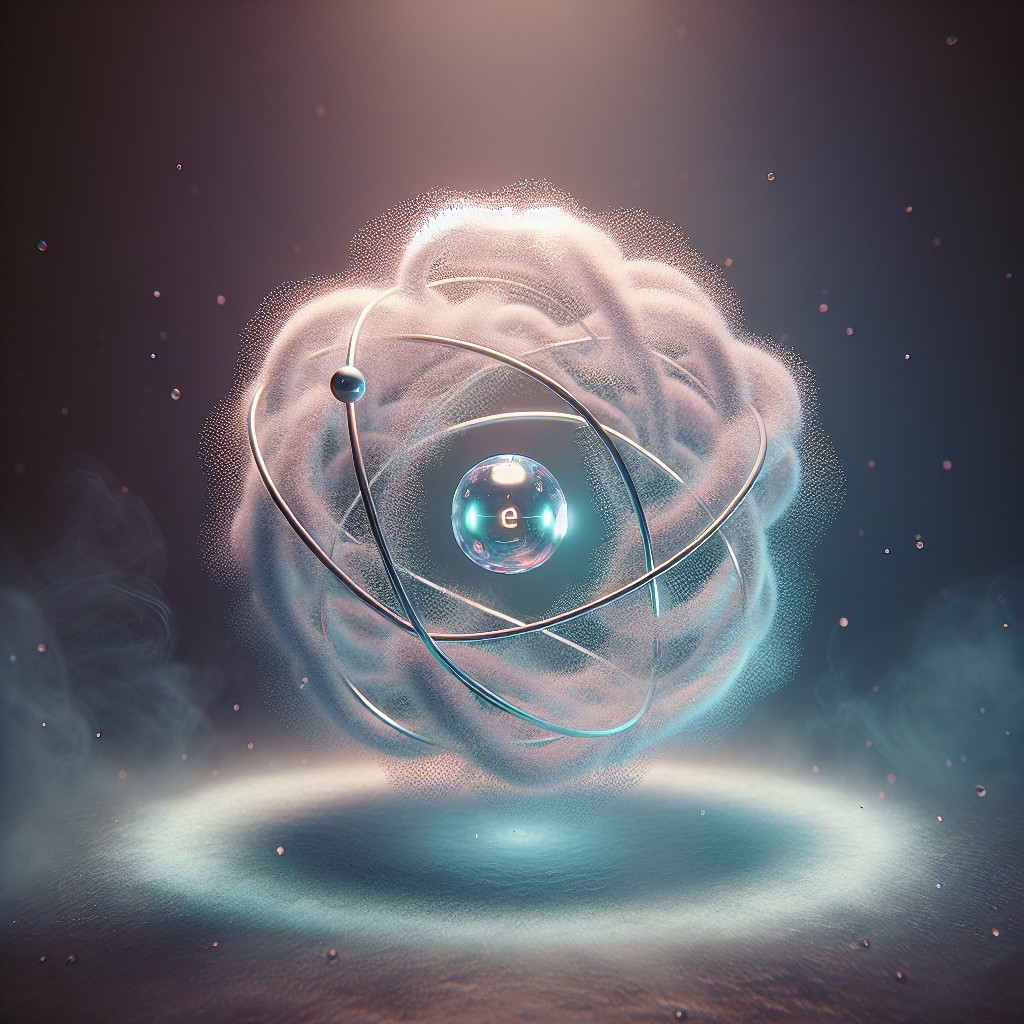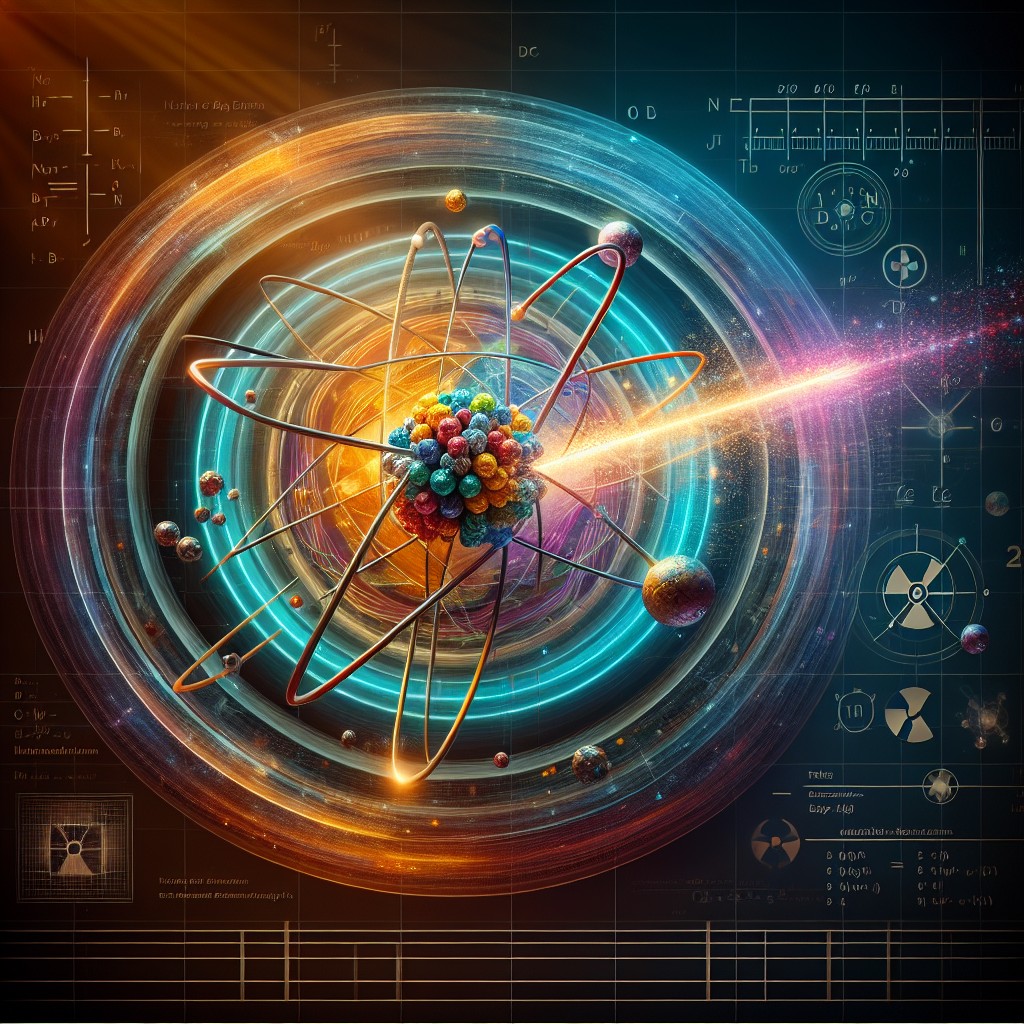| Date | Type | Event |
|---|---|---|
| 1953-01-07 | In 1953 President Harry Truman announced that the United States of America had developed a Hydrogen Bomb (H-Bomb). The development of the hydrogen bomb by the United States marked a critical and controversial chapter in the history of nuclear weapons and the Cold War. The hydrogen bomb, also known as a thermonuclear bomb, was far more powerful than the atomic bombs dropped on Hiroshima and Nagasaki in 1945. The idea of a hydrogen bomb was first proposed during World War II. Unlike atomic bombs, which rely on nuclear fission (splitting atomic nuclei), hydrogen bombs use nuclear fusion—the same process that powers the sun—to release energy. This involves fusing lighter nuclei, such as isotopes of hydrogen, to create heavier elements. The United States began seriously pursuing the hydrogen bomb after the Soviet Union successfully tested its first atomic bomb in 1949, ending America's monopoly on nuclear weapons. This event, coupled with rising tensions in the Cold War, prompted President Harry S. Truman in 1950 to approve the development of a "super bomb." The first full-scale hydrogen bomb test, codenamed "Ivy Mike", was conducted on November 1, 1952, at Enewetak Atoll in the Pacific Ocean. The explosion was equivalent to 10.4 megatons of TNT, over 500 times more powerful than the bomb dropped on Hiroshima. The successful test of the hydrogen bomb escalated the nuclear arms race between the United States and the Soviet Union. The Soviets tested their first hydrogen bomb in 1953, initiating a period of intense competition in the development and stockpiling of increasingly powerful nuclear weapons. | |
| 1953-02-05 | In 1953 sweet rationing finally ended in Britain after 11 years.
The rationing started due to supply lines and production of foods being hampered by the Germans in World War II and came into effect on the 8th of January 1940 (with sweets and chocolate being rationed from the 26th of July 1942). Many English shops and companies gave away free sweets in celebration.
Rationing in the UK was a government-controlled system of limiting food, fuel, and essential goods to ensure fair distribution, particularly during and after wartime. It was most notably implemented during World War II (1939–1945) and continued in various forms until 1954.
The British government introduced rationing in January 1940, shortly after the outbreak of World War II. The aim was to manage shortages caused by disrupted imports and to ensure that everyone had access to essential supplies. The Ministry of Food issued ration books to all citizens, containing coupons for items like:
| |
| 1953-04-25 |
On this day in 1953 the structure of DNA was first published in the Journal, Nature, finally explaining the question of how life reproduces. The structure of DNA (Deoxyribonucleic Acid) was discovered at Cambridge University, England on the 28th of February 1953. The discovery was hailed as one of the greatest discoveries of the 20th Century. Molecular biologists James D. Watson (American) and Francis Crick (English) were attempting to discover the shape of DNA in the hope of uncovering how it replicates itself. They received x-ray images from Maurice Wilkins of DNA in early February allowing them to make the discovery and model of the double helix. Maurice Wilkins was working with Rosalind Franklin to study DNA using x-ray diffraction at Kings College London. The discovery would not be announced until the 25th April 1953 when it was published in the Journal Nature and would later earn Watson, Crick and Wilkins the Nobel Prize in Medicine. Unfortunately Rosalind Franklin died in 1958 before the Prize was awarded. In January 2013 scientist working at Cambridge University discovered the presence of the ‘Quadruple Helix’ in some human cells. Published in the Journal, Nature, the scientists believe that it may be linked to cancer and controlling the structure may prove a new way to fight the disease.
| |
| 1953-05-29 |
On this day in 1953 Edmund Hillary of New Zealand and Tenzing Norgay, a Nepalese Sherpa, become the first explorers to reach the summit of Mount Everest. It was part of a British expedition to reach the top of the 29,035ft Mountain which is the highest point on Earth. Everest is part of the Himalayan mountain range that sits on the border of Tibet and Nepal. It was named after Sir George Everest, a 19th-century British surveyor of South Asia. On the 8th of June 1929, British climbers George Mallory and Andrew Irvine left their base camp in an attempt to reach the summit and had never been seen since. If they managed to reach the summit or not has never been discovered but they were last seen alive at the base of the final pyramid. The body of George Mallory was found on Everest in 1999. On this day 24 years later Edmund Hillary took photos of the view of Tenzing Norgay holding the flags of the United Nations, Great Britain, Nepal and India. Norgay also buried sweets at the summit as an offering to Buddha. The pair also searched for the bodies of Mallory and Irvine but without success. Due to the lack of oxygen, they could only remain at the summit for 15 minutes before the arduous journey back down began. News of their success reached Britain on the 2nd of June, the day before the coronation of Queen Elizabeth II. Hilary and Colonel Hunt (who helped organise and joined the pair on the expedition but remained at base camp before the final ascent) were knighted for their achievement. Norgay was awarded the George Cross which was the highest award that could be given to civilians outside the Commonwealth. According to http://www.royal.gov.uk/MonarchUK/Honours/Knighthoods.aspx and http://www.royal.gov.uk/MonarchUK/Honours/Commonwealthhonours.aspx Knighthoods are only awarded to members of the Commonwealth of Nations but those outside these countries can be awarded an honorary knighthood. This, however, does not carry the title of Sir. | |
| 1953-06-02 |
On this day in 1953, the coronation of Queen Elizabeth II takes place at Westminster Abbey. King George VIII died peacefully in his sleep on the 6th of February 1952, aged 56, leaving his daughter Queen Elizabeth II, on his throne when she was 25. Elizabeth spent several months away from the public eye, mourning the death of her father. After her mourning period, Queen Elizabeth II began her royal duties and on this day in 1953, she took the oath, promising to serve the people of the United Kingdom and maintain the laws of god. After the oath Elizabeth was given the four symbols of power; the orb, the sceptre, the rod of mercy and the royal ring. Finally, St Edward's crown was placed on her head by the Archbishop of Canterbury which completed the ceremony for over a thousand years. As head of the Commonwealth of Nations, many nations’ leaders and dignitaries were present to witness the event first-hand. But this coronation was the first to be televised and watched by millions of people worldwide. Despite the invention of the television thirty years before the coronations of her uncle and father were not televised, Many believed that televising the event may make the ceremony less dignified. Still, Queen Elizabeth felt that her people should have the opportunity to see the coronation, which shouldn’t be reserved for only select guests. And the BBC crowned Queen Elizabeth II on live television, despite the Prime Minister’s (Winston Churchill) objections to the broadcast. |


